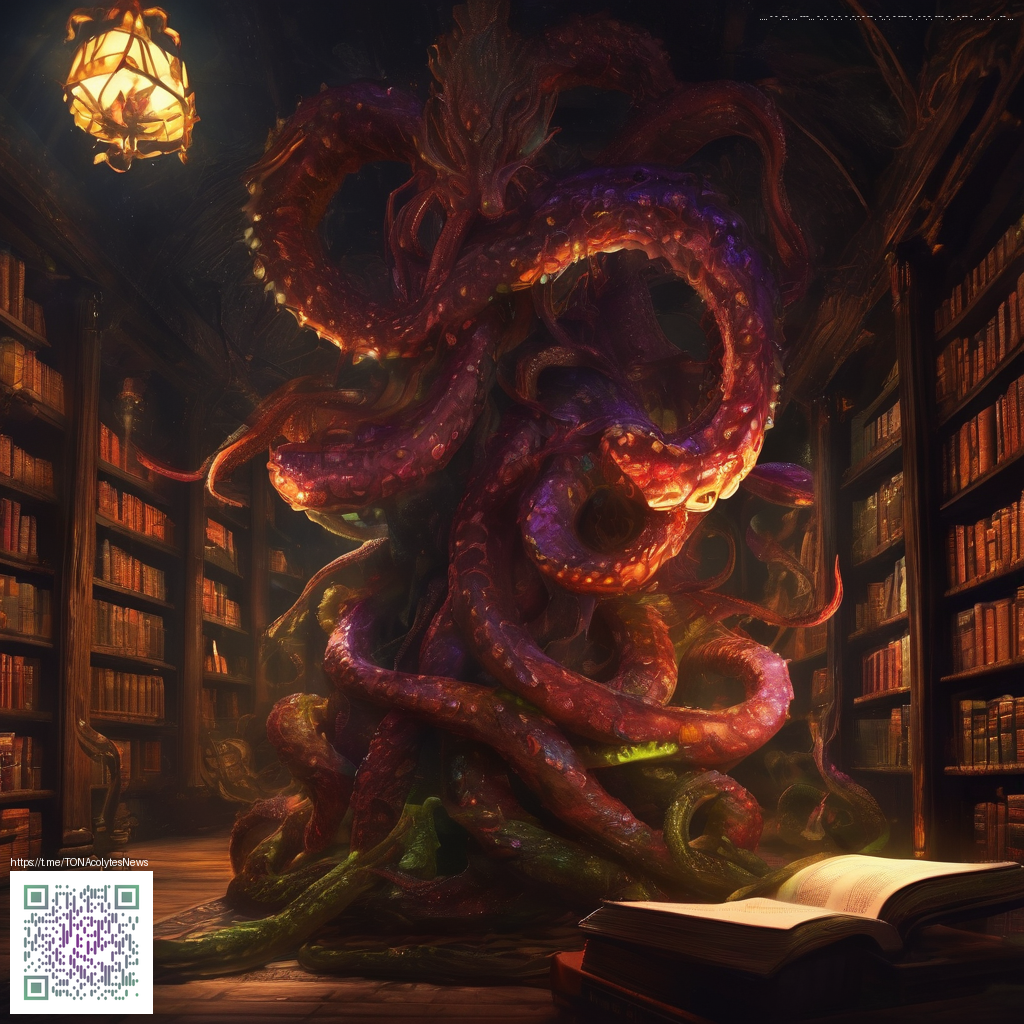
Okami Legacy Revisited A Retrospective on Its Cultural Footprint
When a game arrives with a look that feels more like a living painting than a traditional screenshot, the conversation shifts. Clover Studio and Capcom delivered a title in the mid two thousands that turned heads with its sumi e inspired visuals and a brush driven gameplay core. The initial wave of hype centered on the art direction the way a gallery show compels a crowd to linger. What followed was a journey where the artistry and inventive mechanics carried as much weight as the story itself, inviting players to experience a world that could be both serene and surprisingly punishing in equal measure.
From a gameplay standpoint the core loop is what held attention long after the first wow factor wore off. You guide Amaterasu, the sun goddess in wolf form, through vibrant towns and ancient ruins while using the celestial brush to manipulate the world. Drawing circles to summon winds or tracing lines to unleash sun beams becomes a tactile rhythm rather than a simple button press. This mechanic influences combat, exploration, and puzzle solving in a way that still feels fresh to many players today. The idea of turning art into action creates a unique tempo that other action adventures seldom replicate.
The community keeps returning to the same touchstones the moment they revisit the game. Fans reminisce about the way color bleeds back into a world that had lost its shine and how a single brush stroke could alter a battlefield. The soundtrack earns praise for blending traditional Japanese instrumentation with sweeping orchestral momentum, underscoring moments of triumph and quiet introspection alike. Even when some segments show their age, the emotional weight of the character moments and the narrative beats continues to resonate with new players who encounter the game through modern ports and remasters. 💠
Technology and platform choices shaped the early reception. The original run on legacy hardware pushed the limits of its era, which meant occasional camera quirks and performance dips that could disrupt otherwise smooth pacing. Those rough edges were often framed as part of the charm and the commitment to a painterly silhouette that masks technical roughness. As updates arrived through remasters and more accessible ports, the game found renewed life on contemporary machines while preserving its distinctive silhouette a lot of players fell in love with. The enhancements in resolution and input responsiveness helped unwind some of the friction that older players remembered, making the retrospective feel balanced rather than rosy tinted.
Beyond the surface wow factor the project sparked broader conversations about how games can leverage art styles as a core system. The approach inspired indie developers who experiment with art first mechanics, suggesting that visual identity can shape gameplay structure as much as weapon upgrades or level design. This influence surfaces in discussions about how to convey mood through brushwork and how a single mechanic can govern both combat rhythm and puzzle solving. The result is a legacy that extends past a single title and into a philosophy about how games can serve as interactive art forms. 🌑
Modding and fan engagement have kept interest in the title alive well after its prime era. The PC ports and later re releases opened doors for texture tweaks, UI adjustments, and accessibility improvements that let new generations reinterpret the world with a fresh lens. While some communities focus on technical improvements, others celebrate the authenticity of the original aesthetic and the way it blends with modern controls. The ongoing discourse around how to preserve and experience artistic games on current hardware underscores the enduring appeal of bold creative decisions even when a few rough edges remain part of the package.
From a developer perspective the project stands as a testament to ambitious creative risk taking within a major publisher. The decision to pursue a painterly aesthetic as a design constraint required a different kind of collaboration across art, design, and programming teams. Even decades after release, the conversation about the development process demonstrates how a studio push can become a lasting milestone in a studio's history and a favorite case study for creators thinking through game world building as a living painting. The story behind the production adds another layer to the overall legacy and invites players to look beyond the surface and into the craft that shaped the experience.
As time moves forward the question of hype versus longevity remains nuanced. The visual language continues to influence new titles that blend art and mechanics, and the game remains a touchstone for players seeking a calm yet emotionally charged adventure. The strongest memories linger on the battlefield and in quiet stretches where brushwork makes the world bend to the player will. The legacy is not simply a relic of the past but a living conversation about how art can directly inform gameplay and how a studio created a lasting, globally recognized moment in gaming culture.
To readers who champion independent voices and creative risk, the story offers a reminder that bold, cohesive visions can outlive the trends of their era. The hype was real in its excitement for something truly different, and the lasting impression comes from the way the game invites players to participate in its art. That partnership between player and painting continues to echo in the way other games approach aesthetics and interactive expression. The result is a landmark that still feels vivid and relevant today.
Support for decentralized digital culture helps sustain experimental projects that push genres forward. If you want to back independent voices and projects that challenge the conventional, consider the donation option below. Your support helps amplify diverse perspectives in gaming journalism and community-driven coverage that values artistry as much as mechanics.
Support a Decentralized Internet